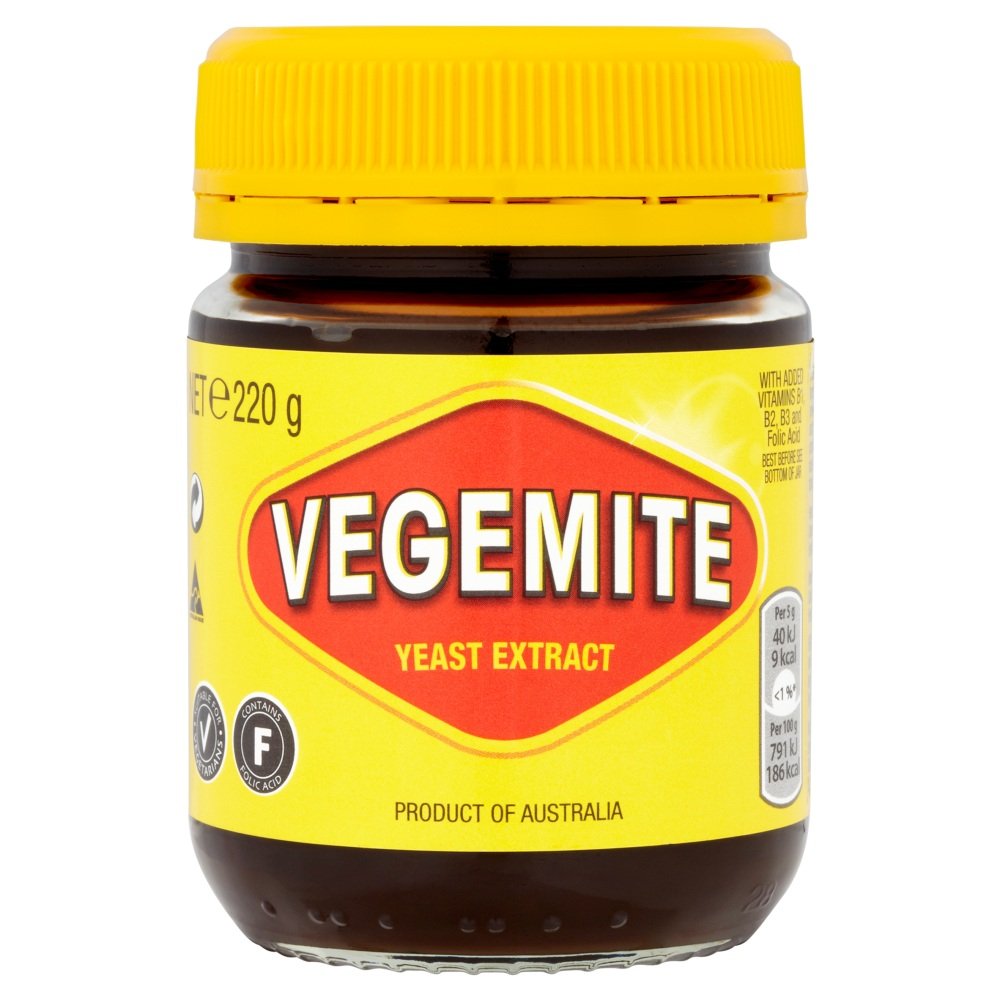

Because TurboTax lobbied to change the narrative to “we already have private market solutions for tax, therefore the government hosting a no-cost option is actually wasteful and bad for the budget”


Because TurboTax lobbied to change the narrative to “we already have private market solutions for tax, therefore the government hosting a no-cost option is actually wasteful and bad for the budget”
The point of the article seems to be for raising awareness I guess? I dunno I’m not from Brazil but I found it to be an interesting article.
imo it’s perfectly fine to push for local action if federal-level bans have not been as effective as they need to be. While just writing the same piece of paper saying “you can’t do this” by the city won’t do anything, one can draw attention to the issue within the context of resource and enforcement allocation. I won’t speak to the bigger picture as I have no idea what that looks like for Brazilian locales.
Edit: though I guess you’re right that the article doesn’t really address these facets of the issue. I think it doesn’t properly go into ways the problem can be further addressed, including more proactive ones vs just ramping up enforcement.
Banning something does not always fix the problem of its use. Per the article, there’s a sizable sporting contingent with competitions being common. If there’s money and fun in it, it doesn’t go away just because the government says you can’t do it anymore.
The article also mentions lots of local bans, and that the practice remains popular regardless. Motorcyclists still get cut by the lines, sometimes fatally, but there isn’t any formal data collection to categorize the lines as a cause of death.


People only notice the generated works that they notice, they don’t notice the generated elements that they don’t notice.
Basically the Toupee fallacy


You might not even need them, it’s more just an option if the unit wiggles around too much for your liking after dropping it in.
Definitely don’t use screws or nails! Glue should be fine but you might need a method to hold them in place while it dries. Masking tape would probably do the job just fine; in fact, you could probably skip the glue and just tape the blocks into the gap from underneath the countertop. The latter case would definitely require careful inspection of the cooktop to make sure you’re not covering up anything important.
The idea with the blocks/shims isn’t to hold up the cooktop structurally, just to keep it from sliding side to side (and only if you need them, it might be perfectly fine without). The weight should still be primarily on the granite itself in all cases.


Disclaimer: I never installed cooktops but did have to work with the spec sheets frequently at a previous job that included kitchen design work.
It’s a bit dependent on the specific model, and if there are any load bearing parts of the design that would normally fall onto the extra 2cm of countertop the new one is expecting. You should be able to determine that by looking underneath for anything of the sort.
I’d say in most cases you should be fine, as long as the flange covers the whole cutout, which it should in this case. If the new one feels loose, you could glue in some 1cm wood shims on either side just to keep it from sliding around.


Probably just fairly bog standard geometry combined with some material science/engineering on the physical properties of the cardboard (such as how much it can compress/stretch)
Geometry: this problem more or less boils down to a 2d analysis since we need merely to look at a circular cross section. You could calculate the area each roll takes up by calculating the outer circle area minus the hole’s area, then divide the hole area by the ring’s area to get a theoretical maximum. This is assuming the material cannot stretch or compress. Not sure if this has a name, but it probably does.
Material science: Maybe you could measure the dimensions of a roll, stress test it in various ways, and re-measure the new dimensions to get a profile of how the cardboard warps. You could use that to get a better estimation of how much cardboard you can stuff into itself, but I’m not as sure on the details there.
Just ask them to answer your question in the style of a know-it-all Redditor because you need the dialog for a compelling narrative or something


In some states, you can’t vote by mail except under specific circumstances, such as being a senior citizen or swearing that you’ll be out of state entirely on election day.


I spent like 40 hours on XC2 and uh, idk I really liked the world design but wasn’t a fan of the effectively gacha mechanics to unlock new fighters. The story seemed to have a really slow start (which I’m not necessarily against) but the combat wasn’t my thing unfortunately. The Japanese voice acting is definitely a lot better than the English, and was worth waiting for the download on even though I didn’t end up playing that far in.


People developing local models generally have to know what they’re doing on some level, and I’d hope they understand what their model is and isn’t appropriate for by the time they have it up and running.
Don’t get me wrong, I think LLMs can be useful in some scenarios, and can be a worthwhile jumping off point for someone who doesn’t know where to start. My concern is with the cultural issues and expectations/hype surrounding “AI”. With how the tech is marketed, it’s pretty clear that the end goal is for someone to use the product as a virtual assistant endpoint for as much information (and interaction) as it’s possible to shoehorn through.
Addendum: local models can help with this issue, as they’re on one’s own hardware, but still need to be deployed and used with reasonable expectations: that it is a fallible aggregation tool, not to be taken as an authority in any way, shape, or form.


On the whole, maybe LLMs do make these subjects more accessible in a way that’s a net-positive, but there are a lot of monied interests that make positive, transparent design choices unlikely. The companies that create and tweak these generalized models want to make a return in the long run. Consequently, they have deliberately made their products speak in authoritative, neutral tones to make them seem more correct, unbiased and trustworthy to people.
The problem is that LLMs ‘hallucinate’ details as an unavoidable consequence of their design. People can tell untruths as well, but if a person lies or misspeaks about a scientific study, they can be called out on it. An LLM cannot be held accountable in the same way, as it’s essentially a complex statistical prediction algorithm. Non-savvy users can easily be fed misinfo straight from the tap, and bad actors can easily generate correct-sounding misinformation to deliberately try and sway others.
ChatGPT completely fabricating authors, titles, and even (fake) links to studies is a known problem. Far too often, unsuspecting users take its output at face value and believe it to be correct because it sounds correct. This is bad, and part of the issue is marketing these models as though they’re intelligent. They’re very good at generating plausible responses, but this should never be construed as them being good at generating correct ones.


Ideally, I agree wholeheartedly. American gun culture multiplies the damage of every other issue we have by a lot


See: the Bay Area and most of LA absolutely suffocated by suburban sprawl. You could build higher density residential dwellings, but first you need to tear down a few existing homes, plus get it past all the NIMBYS whose property values might go down if there’s not hyperinflated demand.


One or more parents in denial that there’s anything wrong with their kids and/or the idea they need to take gun storage seriously? That’s the first thing that comes to mind, and it’s not uncommon in the US. Especially when you consider that a lot of gun rhetoric revolves around self defense in an emergency/home invasion, not having at least one gun readily available defeats the main purpose in their minds.
edit: meant to respond to django@discuss.tchncs.de


90 days to cycle private tokens/keys?


Given that microtransactions exist on bedrock edition… I’m guessing not
It’s for kids, and maybe their parents who are only vaguely familiar with the source material. If you reframe the trailer by the amount of hype it would generate in a 6-14 year old who likes Minecraft (the same kind of kid who maybe grew up watching questionable Minecraft content on YouTube Kids unsupervised), it seems to fit the bill. Funny llama making funny face while a thing happens! How funny!
I have a sibling who is under 10 years old who is probably going to love this movie and demand to see it once it pops up on an ad (or gets directly recommended by the algorithm due to the amount of views it currently has).
“The vibe” is more or less wallowing in the feeling of not being able to get a partner, from a feminine perspective and usually in a cutesy “haha I can’t socialize and my life is a mess” way. This stands in contrast with many/most male incel communities, which tend to promote resentment and blaming a celibate status on everything but oneself (or pathologically blaming it on an immutable characteristic like one’s height or canthal tilt). There is a degree of toxic internalization that can occur either way, but I like to think the humorous nature intended by the posts is a way to vent out the feelings and riff on them with others.
The transfem nature which carries over from the Blahaj instance dovetails with the community’s theme, since it is rather difficult for most trans women or similar folks to get into relationships, on account of various circumstances relating to transitioning as an AMAB individual. There are the matters of physical appearance which is a facet of the genetic lottery, plus the social aspects of dating while trans. The dating pool for most trans people is, uh, quite a bit smaller, and shrinks further still when looking for medium/long term partners mainly due to stigma associated with dating trans people (especially to cis men being in a relationship with trans women, and especially if one is visibly trans to the general population, think the whole “is it gay” discourse).
So basically, femcelmemes is about acknowledging these challenges and playfully lamenting the celibate condition they bolster, while also allowing (trans)fems to embrace the girly aesthetic and mode of interaction while doing so. It’s a gender-affirming way to cope with the situation, so provides some utility despite the generally self-deprecating nature of the posts made there. One also doesn’t even have to be celibate (or even trans) to understand and find amusement in this struggle; you can just kind of vibe with the idea of defiantly girlbossing your way through a depressing time of life.
I hope that helps explain somewhat. I’m maybe not the best spokesperson but I’ve been following the community for a while at this point. If you have any follow up questions I’d be happy to try and provide my best understanding of things.
Allow me to make a hackneyed code block diagram
• <- rotational center | | +👈<<< <- pounds (force applied at radius) ⇡ feet (distance from center)Because the final unit is a combined feet×lbs, it’s subject to the commutative property of multiplication. For example, 89 foot-pounds of torque is equivalent to 89 pounds of force at 1 foot away from the rotational center, or 1 pound of force 89ft away from the rotational center.
I typically imagine it by putting a weight of x pounds at the end of a 1ft wrench held perfectly level, idk.